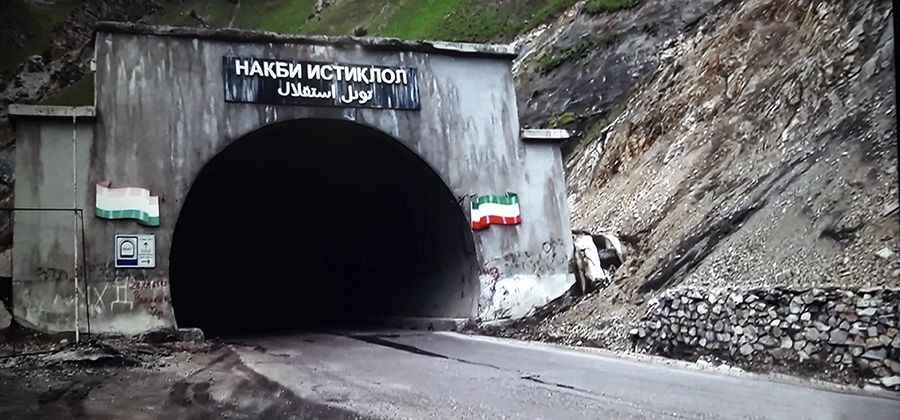Inside Anzob Tunnel: Navigating the Perilous Tunnel of Death of Tajikistan
Located in the Sughd Region of Tajikistan, Anzob Tunnel is said to be the most dangerous tunnel in the world. Nicknamed the Tunnel of Fear and the Tunnel of Death by locals, it lacks proper lighting and ventilation, and breathing is hard and painful due to the thick mixture of exhaust gases.

Where is the Anzob tunnel of death?
The tunnel is located in the northwestern part of the country. It was built to bypass the infamous Anzob Pass and keep the road open year-round. The tunnel through the tunnel is the infamous M34 highway, the main road between Duschanbe, the capital of the country, and Khujand, the country's second-largest city.
How long is the Anzob tunnel?
The tunnel is 5,040 m (3.13 mi) long at an elevation of 2,700 meters above sea level. The tunnel is dark and dangerous with hardly any lights inside, and it’s suffocating as there’s no ventilation bar one fan.
Why is the Anzob tunnel called the tunnel of death?
Locals have shared stories of a number of people dying inside it due to traffic jams that leave people trapped, where they succumbed to carbon monoxide. The poisonous air in the tunnel is barely shifted by one solitary fan somewhere in the middle of the tunnel, which gives some, but not sufficient, movement to the air.
How is the Anzob tunnel?
The tunnel floor is a maze of deep, seriously deep, potholes hidden under a constant stream of water; the tunnel is strewn with abandoned construction machines and filled with the noxious black smoke of clapped-out lorries. It can be a disturbing experience: no lights, ventilation, or road markings, and it is liable to flooding. It's long, dark, and really dusty, and if you are claustrophobic, just be prepared to be uncomfortable. Even in good weather conditions, the tunnel is flooded, turning the giant potholes in the unfinished road into invisible death traps. Unmarked drainage channels waiting to swamp your bike. The tunnel lacks proper lighting and ventilation, and breathing is hard and painful due to the thick mixture of exhaust gases. Most drivers go as fast as they can, as in any other Central Asian country. Avoid the potholes, particularly in the winter time here. Your whole SUV can submerge if you drive in the wrong place. There are no road markings, so driving on the left or the right are optional, with the middle being the common choice.
When was Anzob Tunnel opened?
The tunnel was officially opened in March 2006 and supports heavy traffic. It’s also known as Istiqlol tunnel or Ushtur Tunnel. There are no traffic lights to regulate traffic through this section, nor is there an ordered tidal flow of traffic being allowed to enter the tunnel; instead, anarchy prevails in the darkness. Expect huge, axle-snapping potholes threatening to swallow up the car, along with flooding that almost turns them into tunnel ponds. Halfway along the tunnel, water floods the road as a result of an engineering fault. Oncoming cars and trucks emerge in the darkness with headlights flashing for the other drivers to get out of their way.
How’s Anzob Tunnel today?
In 2018, the tunnel was improved (adding drainage and repairing potholes), and for the most part, it is lit now, with a more or less decent asphalt surface. But it needs much more improvement to be done.